In the ever-evolving landscape of beer production and consumption, several hidden threats are emerging, posing significant challenges to the industry. From unexpected disruptions in supply chains to rising consumer awareness of health impacts, the beer sector faces multifaceted challenges. Understanding these threats is crucial to safeguarding the future of beer, a beverage deeply rooted in cultural traditions and social gatherings. This exploration delves into the key issues affecting beer today, examining everything from potential health risks to economic pressures, providing insights essential for stakeholders in the beer industry.
Key Takeaways
- Beer sales are declining due to shifting consumer preferences toward hard seltzers and low-alcohol alternatives.
- The craft beer market faces intense competition from both established breweries and new entrants, making differentiation challenging.
- Prohibition in the U.S. during the 19th century had a profound impact on the beer industry, leading to widespread bans and eventual repeal.
- Economic factors like inflation and rising production costs are driving consumers toward more affordable beverage options.
- Regulatory changes and varying alcohol policies across regions further complicate the industry’s landscape.
- Breweries struggle with operational inefficiencies, high initial investments, and rising ingredient costs.
- Distribution challenges, including logistical difficulties and the shift toward local markets, limit market reach and profitability.
- The rise of e-commerce is disrupting traditional beer distribution channels, presenting both opportunities and challenges.
- Changing consumer preferences, including health-conscious choices, are reshaping demand away from traditional beer offerings.
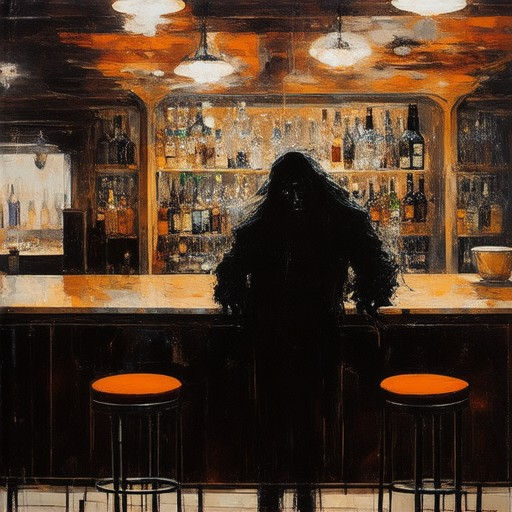
What Are the Three Enemies of Beer?
Brewers and beer enthusiasts often talk about the factors that can cause beer to go bad or lose its freshness. Here are the three primary enemies of beer:
- Oxygen: Oxygen is one of the most common enemies of beer. It can cause oxidation, leading to off-flavors and a short shelf life. Overexposure to air can turn beer into a unpleasant taste, often described as “skunked” or “canned.” Brewers take measures like using inert gas during packaging to prevent oxygen from entering the bottles.
- Temperature: Temperature plays a critical role in beer preservation. Beer is highly sensitive to changes in temperature. Excessive heat can spoil the beer, while cold storage is essential to maintain its flavor and stability. Proper refrigeration is key to keeping beer fresh.
- Exposure to Light: Light can negatively affect beer’s appearance and taste. UV rays from sunlight can cause the beer to develop skunk-like odors due to photoinhibition. Store beer in dark places to preserve its quality and prevent lightstrike damage.
By understanding these three enemies, you can better appreciate the importance of proper storage and handling to enjoy your beer at its best.
Concerns of Beer
Beer is a popular beverage enjoyed by many, but it carries several potential concerns:
Health Concerns
- Moderation is Key: Excessive consumption of beer can lead to health issues, including liver damage, heart problems, and certain types of cancer.
- Alcohol Dependence: Regular and heavy drinking can result in addiction, making it difficult to control consumption.
- Baclofen Withdrawal: Chronic use can lead to withdrawal symptoms, including anxiety, insomnia, and seizures, when alcohol intake is reduced.
- Dietary Impact: High calorie and carbohydrate content in beer can contribute to weight gain and metabolic issues.
Taste and Quality
- Calories and Sugar Content: Many beers are high in calories and sugar, which can affect overall diet and health.
- Alcohol Content: The percentage of alcohol in beer varies, and higher concentrations can lead to quicker intoxication.
- Flavor Variability: While beer offers a wide range of flavors, some individuals may be sensitive to certain ingredients or additives.
Environmental Impact
- Sustainability Issues: The production of beer can have environmental effects, including water usage and carbon emissions.
- Recycling Challenges: Beer bottles and packaging contribute to waste and require efficient recycling programs to minimize impact.
Cultural and Social Concerns
- Alcohol Abuse: Misuse of beer can lead to public health issues and social problems in communities.
- Underage Drinking: Access to beer by minors remains a significant concern in many regions.
- Regulatory Challenges: The production, distribution, and sale of beer are subject to strict regulations to prevent misuse.
Understanding these concerns helps consumers make informed decisions about their alcohol consumption and supports responsible practices in the beer industry.
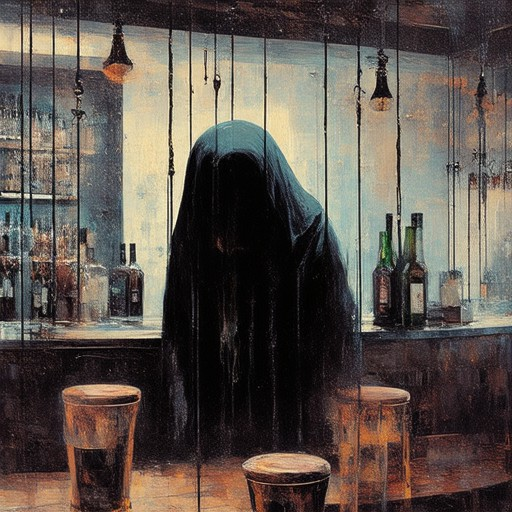
Beer Syndrome
Beer syndrome, also known as auto-brewery syndrome, is a condition characterized by the production of ethanol in the body due to fermentation processes occurring in the digestive system, oral cavity, or urinary tract. This phenomenon occurs when microorganisms in these areas ferment sugars found in certain foods or drinks.
Causes
The primary cause of beer syndrome is the presence of sugars in the body that can be fermented by gut bacteria. Common triggers include:
- Sugar-rich foods and beverages, particularly those high in fructose or glucose.
- Alcohol consumption, especially in individuals with a predisposition to gut fermentation.
- Dietary factors such as consuming fruits, which contain natural sugars.
Symptoms
Individuals affected by beer syndrome may experience a range of symptoms, including:
- Headaches or migraines.
- Nausea and vomiting.
- Dizziness or lightheadedness.
- Confusion or fatigue.
- Short-term memory loss or concentration difficulties.
Diagnosis
Beer syndrome is typically diagnosed through a combination of clinical evaluation and testing. Healthcare providers may perform:
- Blood tests to measure ethanol levels.
- Analysis of breath for ethanol presence.
- Stool tests to identify fermentation products.
Treatment
Treatment focuses on managing symptoms and addressing the underlying cause. Recommendations include:
- A low-sugar diet to reduce fermentation triggers.
- Avoidance of alcohol and sugary foods.
- Probiotic supplements to restore gut balance.
- Hydration to prevent dehydration-related symptoms.
History and Recognition
Beer syndrome has been recognized for centuries, with historical references tying it to ancient civilizations and their fermentation-based lifestyles. Modern understanding has improved through studies linking gut microbiota to metabolic conditions.
For more detailed insights into beer syndrome and related health topics, explore The Goods On Tap , your trusted source for comprehensive craft beer information and wellness content.
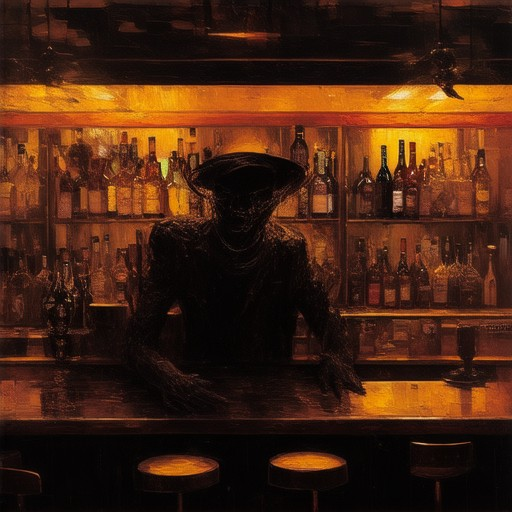
Why Is Beer Declining?
The decline in beer sales can be attributed to several factors, including evolving consumer preferences, economic challenges, increased competition, regulatory changes, and shifting distribution dynamics.
1. Changing Consumer Preferences
- Shift Toward Hard Seltzers and Low-Alcohol Beverages : The rise in popularity of hard seltzers and other low-alcohol alternatives has led consumers to trade down from full-strength beer.
- Decline in Craft Beer Sales : While craft beer initially gained significant traction, the market has become saturated, and consumers are moving beyond traditional styles like IPAs and pale ales toward more diverse offerings.
2. Economic Factors
- Inflation and Rising Costs : The overall cost of producing beer, including ingredients like hops and packaging materials, has increased, making it difficult for brewers to maintain competitive pricing.
- Consumer Trade-Down : With inflation impacting disposable incomes, many consumers are opting for more affordable beverage options, including non-alcoholic beers.
3. Increased Competition
- Expansion of Craft Breweries : The proliferation of craft breweries has intensified competition, particularly among smaller players who struggle to differentiate themselves in a crowded market.
- Major Brewers Scaling Back : Companies like Constellation Brands and AB InBev have divested from certain segments, such as closing or selling off acquired craft breweries, as tastes shift away from traditional styles.
4. Regulatory and Market Dynamics
- Changes in Alcohol Policy : Recent shifts in regulations surrounding alcohol sales and advertising have impacted the industry, particularly in regions with stricter policies.
- Consolidation and Streamlining : Larger breweries are focusing on streamlining operations and reducing costs, which can lead to fewer options on store shelves as smaller, niche producers face extinction.
5. Distribution and Supply Chain Challenges
- Logistical Difficulties : The expansion of the craft beer market has placed strain on distribution networks, making it harder for smaller breweries to reach retail outlets effectively.
- Focus on Local and Regional Markets : Some brewers are pivoting to local and regional distribution models to reduce costs and enhance efficiency.
6. Sustainability and Brand Perception
- Environmental Concerns : Consumers are increasingly considering the environmental impact of their purchases, influencing decisions against brands perceived as less sustainable.
- Canning Trends : The shift toward cans, while convenient, may also be contributing to changes in how beer is consumed, affecting sales volumes.
7. Technological Disruption
- E-commerce Growth : The rise of e-commerce platforms has enabled direct-to-consumer sales, but traditional beer distributors are still adapting to this model, potentially limiting access to certain markets.
Overall, the decline in beer sales reflects broader shifts in consumer behavior, economic pressures, and structural changes within the industry, necessitating adaptability from both established and emerging brewers.
Why Are Breweries Struggling?
Breweries face numerous challenges in today’s competitive craft beer market. Here are the primary reasons behind their struggles:
- Rising Costs :
- Ingredients : The cost of hops, malt, and yeast has significantly increased due to supply chain disruptions and market demand.
- Shipping : Escalating fuel and transportation costs make it difficult for breweries to maintain profitability.
- Declining Sales :
- Overall beer consumption has decreased, particularly in regions like Colorado, where sales have seen steep drops.
- Younger consumers are shifting towards alternatives like hard seltzers and craft spirits.
- Intense Competition :
- The proliferation of breweries has intensified competition for shelf space and customer loyalty.
- Established players often have greater resources and better distribution networks compared to smaller breweries.
- Regulatory Challenges :
- Navigating complex state-specific alcohol regulations can be costly and time-consuming for breweries.
- Economic Factors :
- High interest rates and inflation have reduced consumer spending on premium products like craft beer.
- Economic downturns may lead to increased demand for affordable beverages.
- Changing Consumer Preferences :
- Health-conscious consumers are seeking lower-calorie and low-alcohol options, which traditional breweries may not offer.
- Distribution Difficulties :
- Breweries face challenges in distributing their products effectively, limiting market reach and profitability.
- Operational Inefficiencies :
- High initial investments and ongoing operational costs make it difficult for smaller breweries to sustain growth.
By addressing these challenges, breweries can improve their chances of survival in a competitive market.

Why Did America Ban Beer?
During the 19th century, the United States experienced a significant movement toward the prohibition of alcohol, culminating in the widespread ban known as Prohibition. This period was driven primarily by Pietistic Protestants who sought to address perceived social issues they associated with alcohol consumption, such as alcoholism, domestic violence, and political corruption tied to saloons.
The movement gained momentum in the late 19th century, with advocates arguing that banning alcohol would lead to a more moral and orderly society. In 1920, the Eighteenth Amendment was ratified, making Prohibition the law of the land. However, enforcement varied widely across states, and the policy faced significant resistance. Despite these challenges, Prohibition was implemented nationwide until its repeal in 1933 through the Twenty-first Amendment.
The ban led to a surge in organized crime and the rise of speakeasies, as illegal alcohol became highly sought after. While intended to reduce alcohol-related problems, Prohibition ultimately contributed to increased crime and public dissatisfaction, ultimately leading to its repeal.



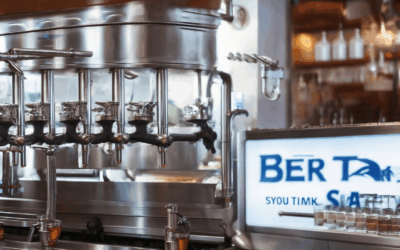
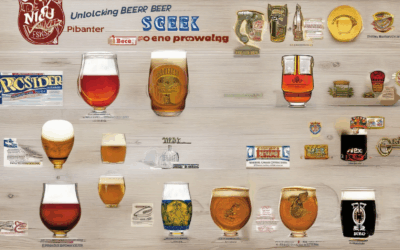
0 Comments